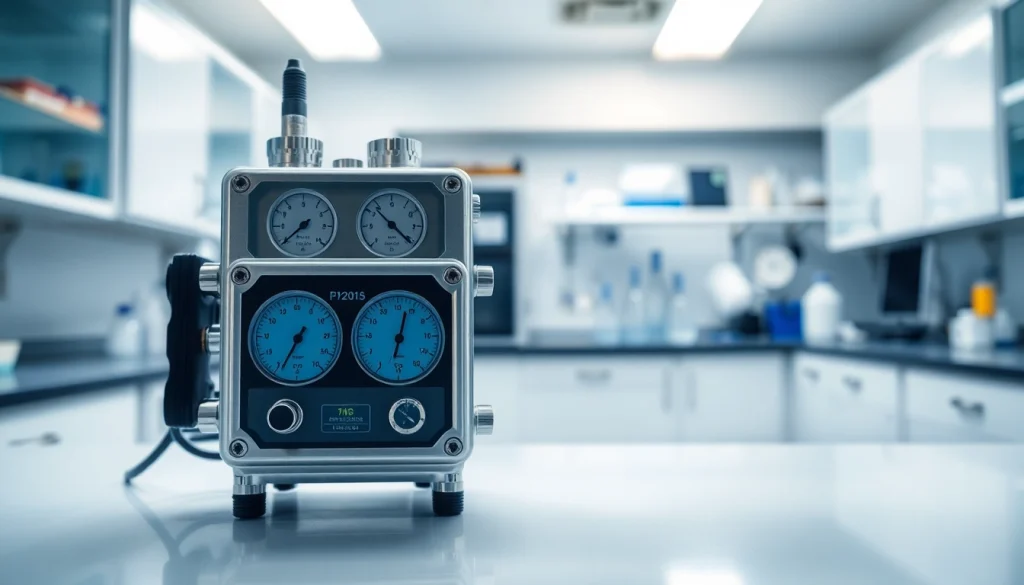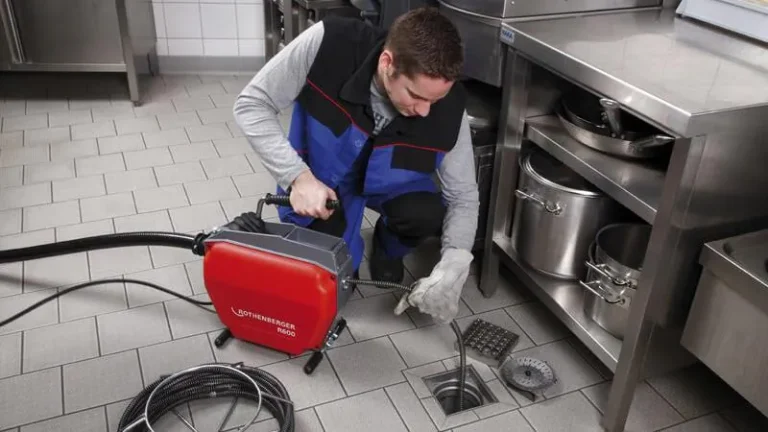
Understanding Hydrogen Bromide Detectors
Hydrogen bromide (HBr) is a colorless gas with a pungent odor that can pose significant health risks when not properly managed in industrial settings. Given its corrosive properties and potential to cause serious health issues, effective monitoring and detection of this hazardous substance are imperative. This is where a reliable Hydrogen Bromide detector plays a crucial role in ensuring safety and compliance with environmental regulations. In this article, we will explore the importance of hydrogen bromide detectors, their working principles, applications, types, and best practices for selection and maintenance.
What is Hydrogen Bromide and Its Risks?
Hydrogen bromide is a covalent compound that consists of hydrogen and bromine. It is typically found in both gaseous and aqueous forms, and it has a significant presence in various industrial processes such as manufacturing pharmaceuticals, agrochemicals, and flame retardants. The risks associated with hydrogen bromide exposure include respiratory irritation, skin burns, and damage to the eyes and mucous membranes. In high concentrations, it can lead to severe health complications and environmental harm, making effective detection crucial.
How Hydrogen Bromide Detectors Work
Hydrogen bromide detectors utilize various sensing technologies to detect the presence of HBr in the environment. Most detectors operate on the principle of measuring changes in electrical conductivity, optical properties, or thermal conductivity when hydrogen bromide gas is present. For example, electrochemical detectors use a sensitive sensor that reacts with HBr, producing an electrical signal proportional to the concentration of the gas. This signal is then processed and displayed on a screen, providing real-time monitoring of hazardous levels.
Common Applications of Hydrogen Bromide Detectors
The applications of hydrogen bromide detectors extend across several industries, including:
- Chemical Manufacturing: Detecting leaks during chemical reactions involving HBr.
- Pharmaceutical Production: Monitoring safe levels in facilities producing brominated compounds.
- Research Laboratories: Ensuring a safe working environment when HBr is used in experiments.
- Waste Management: Monitoring emissions containing HBr in incinerators and waste treatment plants.
Types of Hydrogen Bromide Detectors
Electrochemical vs. Optical Detectors
When choosing a hydrogen bromide detector, understanding the difference between electrochemical and optical types is essential. Electrochemical detectors are typically more cost-effective and suitable for personal exposure monitoring. They provide rapid responses and are often used for portable applications. On the other hand, optical detectors employ advanced technologies like infrared spectroscopy or laser-induced fluorescence, making them capable of detecting HBr at very low concentrations, which is vital for fixed monitoring applications.
Portable vs. Fixed Systems: Which to Choose?
The choice between portable and fixed hydrogen bromide detectors depends on the specific needs of an operation. Portable detectors are ideal for fieldwork, allowing safety personnel to conduct spot checks and monitor areas that are difficult to access. Fixed systems, however, are better suited for continuous monitoring in high-risk zones, providing real-time data and alerts directly connected to central monitoring systems. Evaluating the environment where detection is needed will guide this decision.
Regulatory Standards for Hydrogen Bromide Detection
Compliance with regulatory standards is essential when implementing hydrogen bromide detection systems. Organizations must adhere to guidelines set by entities such as OSHA (Occupational Safety and Health Administration), NIOSH (National Institute for Occupational Safety and Health), and ACGIH (American Conference of Governmental and Industrial Hygienists). These regulations specify permissible exposure limits (PEL) and concentration thresholds that detectors must be capable of identifying to ensure workplace safety.
Selecting the Right Hydrogen Bromide Detector
Key Features to Look For
When selecting a hydrogen bromide detector, several features should be considered to ensure effectiveness:
- Sensitivity: The detector should accurately measure HBr at low concentration levels.
- Response Time: Fast response times are critical for immediate action in case of a leak.
- Durability: The device should withstand environmental conditions, such as dust or moisture.
- Ease of Calibration: Look for detectors that can be calibrated easily to maintain accuracy over time.
Best Practices for Detector Installation
Proper installation is vital for the effective functioning of hydrogen bromide detectors. Here are some best practices to follow:
- Identify key locations where HBr is likely to accumulate.
- Ensure detectors are installed at the appropriate height and distance from potential leak sources.
- Use equipment that is rated for the environment it will operate in.
- Regularly review installation sites to adapt to changes in layout or processes.
Cost Considerations and Budgeting
Investing in hydrogen bromide detection systems involves considering both initial costs and long-term maintenance expenses. While cheaper models may be tempting, they might not offer the necessary sensitivity or regulatory compliance. Therefore, it is important to weigh quality against cost and factor in the potential costs of safety incidents in the absence of effective detection.
Maintenance and Calibration of Hydrogen Bromide Detectors
Routine Maintenance Tasks
To ensure hydrogen bromide detectors function correctly, regular maintenance is essential. Routine tasks may include:
- Cleaning sensors to prevent false readings caused by contaminants.
- Checking and replacing batteries or power supplies as needed.
- Inspecting connections and wiring to ensure no damage has occurred.
Calibration Techniques for Accurate Readings
Calibration is critical for maintaining the accuracy of hydrogen bromide detectors. This involves exposing the device to known concentrations of hydrogen bromide and adjusting it to read those levels accurately. The calibration process can typically be carried out using certified gas mixtures and should be done at regular intervals specified by the manufacturer.
Signs That Indicate Detector Needs Service
It is vital to monitor the operational status of hydrogen bromide detectors actively. Some signs that may indicate a detector needs servicing include:
- Frequent false alarms or readings that seem inaccurate.
- Physical damage to the device or sensor components.
- Extended response times or sluggish performance during tests.
The Future of Hydrogen Bromide Detection Technology
Trends in Industrial Safety Technology
The industrial safety landscape is continuously evolving. As the market broadens, a focus on integrating IoT (Internet of Things) technology is becoming prevalent. Devices with wireless connectivity can now report data to centralized monitoring systems, enabling faster responses and more efficient management of hazardous materials.
Advancements in Sensor Technology
As sensor technology improves, detectors become increasingly sensitive, reliable, and capable of providing real-time data analysis. Emerging trends involve the use of nanomaterials and advanced algorithms to differentiate hydrogen bromide from other gases, further enhancing detection specificity and accuracy.
How AI Influences Gas Detection Solutions
Artificial Intelligence (AI) is having a profound impact on gas detection solutions. By analyzing vast amounts of real-time data, AI can predict hazardous gas leaks, fuzzy logic systems can ensure more nuanced findings, and machine learning can help improve the calibration processes of detectors in a dynamic work environment. This technology is paving the way for smarter safety solutions that enhance the efficiency of hydrogen bromide detection systems.






